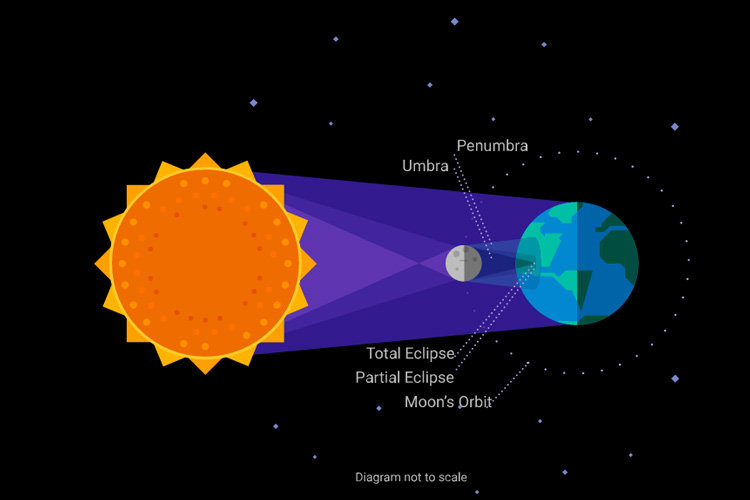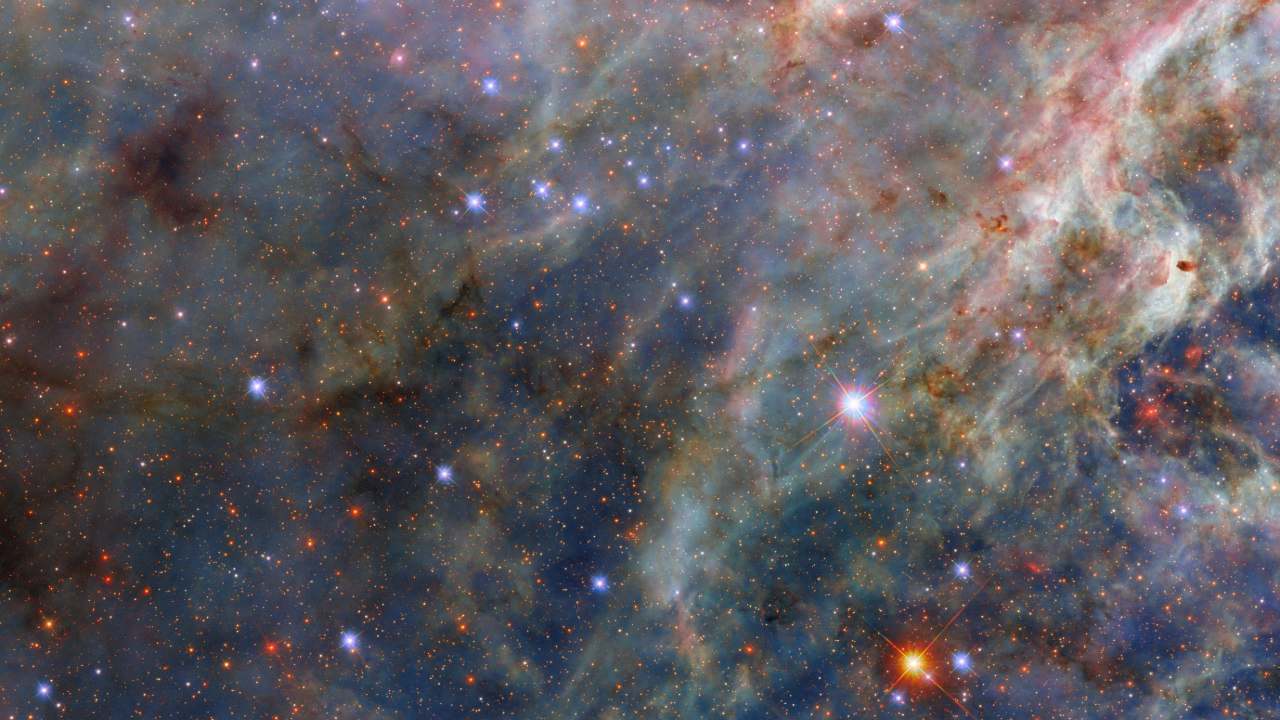Help Make an 'Eclipse Megamovie' Using Your Smartphone
You can help scientists out during the total solar eclipse on Aug. 21 using nothing but your phone.
A project called Eclipse Megamovie is asking volunteers across the country to record footage of the sun when it's completely blocked by the moon on Aug. 21. (You can also use your DSLR camera if you want to contribute higher-res footage.) Once the footage is obtained, it will be stitched together into one long movie.
To participate with your phone, download the free Eclipse Megamovie app (available at both the Google Play Store and Apple's iTunes store). Make sure you download it well ahead of the eclipse, as the app gives you a simple tutorial on how to point your smartphone at the sun while using a filter, to make sure that the sun doesn't burn the sensors. (Reminder: The only time you can safely look at the sun with the naked eye is the brief period of total eclipse. At all other times, including during partial solar eclipses, you must use certified eclipse glasses or solar viewers, or else serious and permanent eye damage can result.) You can even run a practice tutorial to get ready for eclipse day. [Here Are the Best Solar Eclipse Live (Video) Streams]
To create a filter for your phone, you can cut up a set of eclipse glasses and put the filter over the camera lens. You can also buy a special filter to mount on the phone. Never point your phone directly at the sun without such protection.
During the eclipse, the app will figure out where you are located and direct your phone's camera to take photos of the sun 15 seconds before eclipse totality. It will also take a few pictures throughout the eclipse, as well as one last series about 15 seconds after the eclipse.
"The app is going to do everything for you, so you just need to enjoy the eclipse," solar physicist Juan Carlos Martínez Oliveros, a member of the Eclipse Megamovie team at the University of California Berkeley's Space Sciences Laboratory, said in a statement.
"The idea is to create a unique new type of dataset that can be studied by scientists for years to come. It’s really an experiment in using crowd-sourcing to do solar science, which will hopefully pave the way for much future work," he added.
Breaking space news, the latest updates on rocket launches, skywatching events and more!
The Eclipse Megamovie project will create two movies of the eclipse — one using the phone footage, and one using high-resolution imagery. (This will not be the first run for the technology: The Eclipse Megamovie app was tested during an annular solar eclipse in February, when the moon did not completely cover the sun, team members said.)
These movies are expected to offer a few scientific benefits. For example, researchers may be able to learn something new about the sun's faint outer atmosphere, or corona, which can be seen only from the ground during total solar eclipses. (The corona is much hotter than the surface of the sun, for reasons that remain mysterious; footage of the corona may yield some more information in this regard, Megamovie team members said.)
Another possible project is learning more about lunar geography. While high-resolution imagery of the moon has been captured up close by NASA's Lunar Reconnaissance Orbiter (whose observations have helped researchers create the best-ever maps of an eclipse's "path of totality"), the moon's interactions with the sun (from the perspective of Earth) may show different things.
For example, just before and after totality, a beam of light from the sun will break up into necklace-like spots of light, known as Baily's beads. This happens when the sun's light beams through lunar low points or valleys. Just after totality, the sun's light will shine around the jagged rim of the moon and create a "diamond ring" effect. This could show off features on the moon and possibly also help to obtain a better estimate of the sun's size, Eclipse Megamovie team members said.
Editor's note: Space.com has teamed up with Simulation Curriculum to offer this awesome Eclipse Safari app to help you enjoy your eclipse experience. The free app is available for Apple and Android, and you can view it on the web.

Elizabeth Howell (she/her), Ph.D., was a staff writer in the spaceflight channel between 2022 and 2024 specializing in Canadian space news. She was contributing writer for Space.com for 10 years from 2012 to 2024. Elizabeth's reporting includes multiple exclusives with the White House, leading world coverage about a lost-and-found space tomato on the International Space Station, witnessing five human spaceflight launches on two continents, flying parabolic, working inside a spacesuit, and participating in a simulated Mars mission. Her latest book, "Why Am I Taller?" (ECW Press, 2022) is co-written with astronaut Dave Williams.

